|
|
| |
|
Sign Up For Maroon Identification Card-
Nativity Paper and Documents Today. |
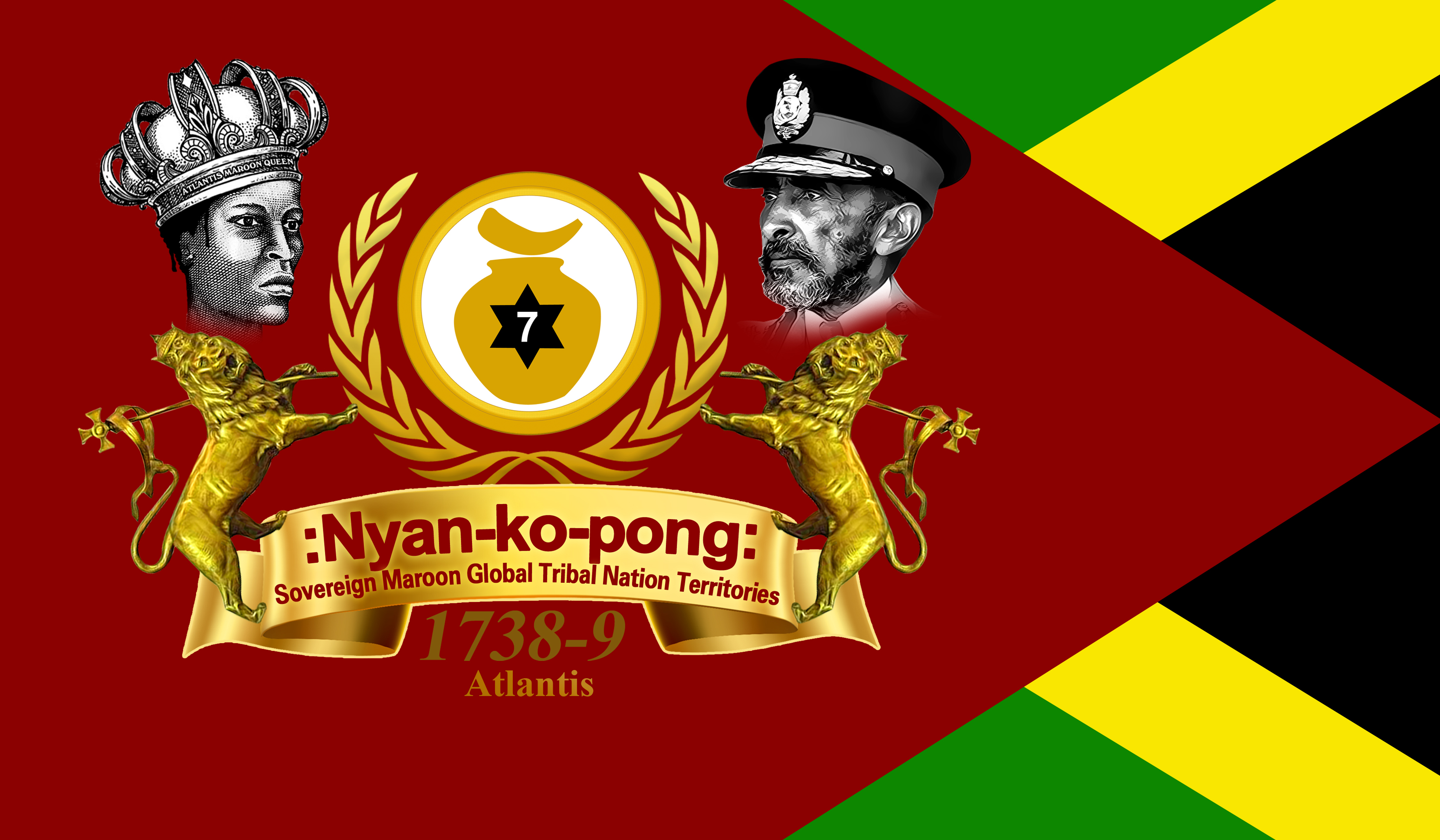 |
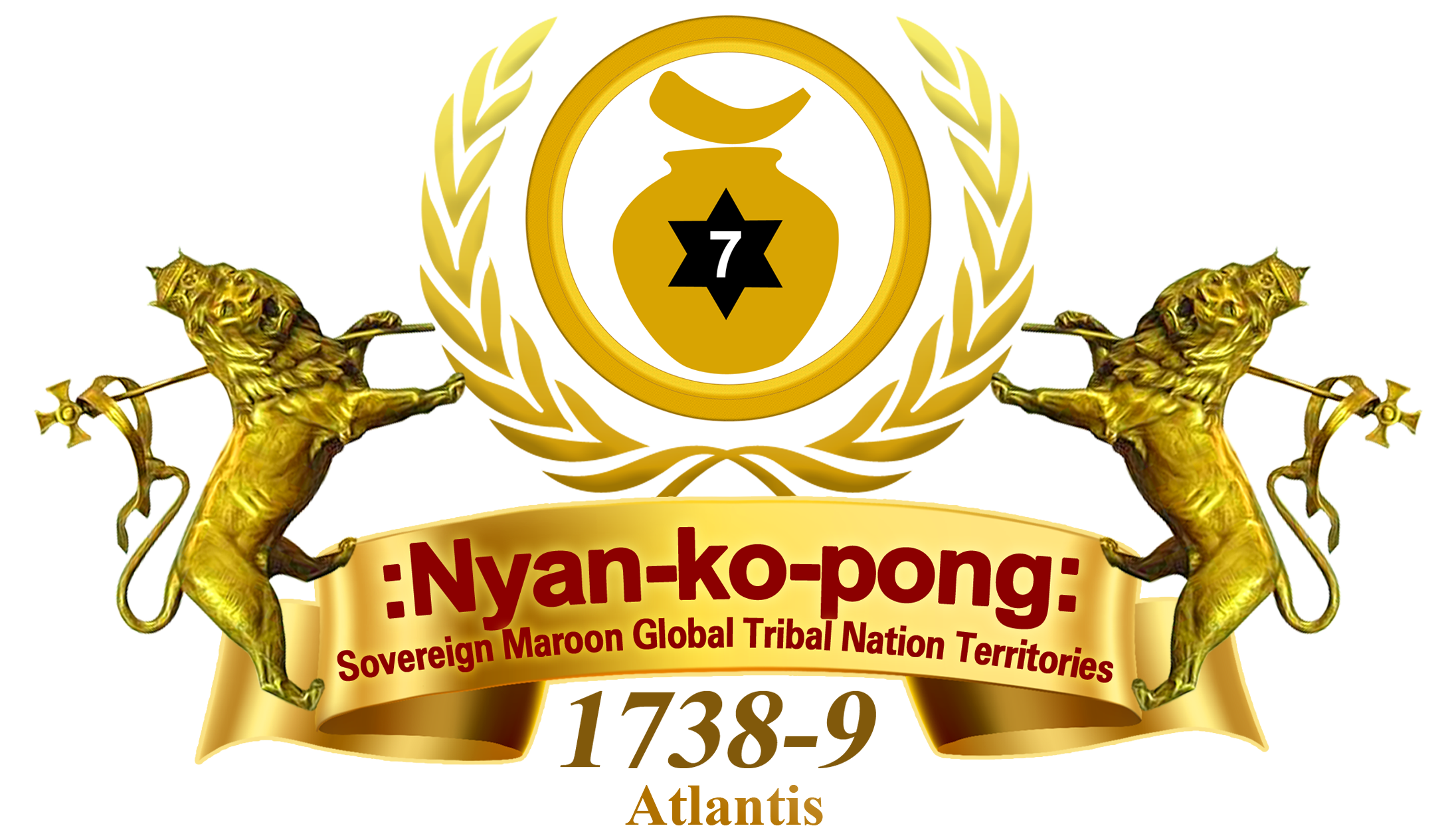 |
|
|
|
Home | Constitution | Maroon
Ministries
| Join
Us | Registrar
| Food
For The Poor |
Our Nation |
Archive
|
|
|
|
|
|
|
|
|
:Nyan-ko-pong:
Sovereign Native Maroon People Global Research & Community
Development Association |
|
|
|
Adoption of the United
Nations Declaration on the Rights of Indigenous Peoples:
12 September 2020
The United Nations
Declaration on the Rights of Indigenous Peoples (U.N.D.R.I.P) was
adopted by the General Assembly on 13 September 2007, with 144
countries voting in support, 4 voting against and 11 abstaining.
Thirteen years have passed since the UN Declaration was adopted by
the General Assembly. Since then, the four countries voting against
have reversed their position and now support the Declaration.
Today the Declaration is the most comprehensive international
instrument on the rights of indigenous peoples. It establishes a
universal framework of minimum standards for the survival, dignity
and well-being of the indigenous peoples of the world and it
elaborates on existing human rights standards and fundamental
freedoms as they apply to the specific situation of indigenous
peoples.
Some
highlights of the Declaration
Seventeen of the forty-five articles of the Declaration deal
with indigenous culture and how to protect and promote it, by
respecting the direct input of indigenous peoples in
decision-making, and allowing for resources, such as those for
education in indigenous languages and other areas.
Fifteen of the forty-six articles of the Declaration are about
indigenous peoples' participation in all decisions that will affect
their lives, including meaningful participation in a democratic
polity.
The Declaration confirms the right of indigenous peoples
deprived of their means of subsistence and development are entitled
to just and fair redress.
Essentially, the Declaration outlaws discrimination against
indigenous peoples, promotes their full and effective participation
in all matters that concern them, as well as their right to remain
distinct and to pursue their own visions of economic and social
development.
More information about the UN Declaration, click
here >>>
United Nations
Declaration on the Rights of Indigenous Peoples |
( Download/View Document) |
|
|
|
|
|
|
|
:Nyan-ko-pong: Maroon Emperor/ Chief
High Priest Horus La Lewis El Bey Atom Rah, Holi s.e.e.
speaks more on
the truth behind "The Jamaican Birth Certificate"and how it is
used to represent as a "Stock Bond" for selling and trading of a
live-stock on an International Stock Exchange Market. |
|
|
|
|
|
|
|
|
|
What is I.L.O Convention 169 and why it is important? |
|
I.L.O (International Labour Organization) Convention 169 on
Indigenous Peoples is an international treaty adopted on June 27
1989 and ratified by Colombia through Law 21 of 1991, it means that
it has the same legal value as the Colombian Constitution itself.
This Convention recognizes the right of Indigenous Peoples to take
control of their own institutions, ways of life, their economic
development and to maintain and strengthen their identities,
languages and religions, within the framework of the States in which
they live. It is a very important international legal instrument, as
it protects the rights of indigenous peoples as a collective
subject. |
|
What is the ILO?
The International Labour Organization (I.L.O) was created on April
1919, but was in 1945 that became an especial agency of the United
Nations. I.L.O brings together governments, employers and workers of
187 member States, to set labour standards, develop policies and
devise programmes promoting decent work for all women and men.
|
|
The 107 Convention
In 1957, the I.L.O
adopted the 107 Convention on Indigenous, the first international
treaty on the rights of indigenous peoples. It was ratified by 27
countries, mainly in the America, South Asia and several countries
in Africa and Europe, and covers issues such as employment and
occupation, land rights and education in indigenous languages. The
107 Convention assumed that the only possible future for indigenous
and tribal peoples layed in their integration into society and that
decisions concerning to their development should be in the hands of
others. For this reason, The I.L.O worked on a new convention that
would overcome these obsolete concepts: Convention 169.
|
|
169 Convention
The I.L.O Convention 169 is based on respect for the cultures and
lifestyles of indigenous and tribal peoples, and recognizes their
right to define their own development priorities. Its two basic
postulates are:
1. their right to maintain and strengthen their cultures,
lifestyles and institutions; and,
2. their right to participate effectively in decisions that
affects them.
This legal instrument promotes respect for the cultures, forms of
life, traditions and customary law of indigenous peoples. It is
founded on the principle that these structures and forms of life
have an intrinsic value that needs to be safeguarded.
The Convention 169 contains 46 articles setting minimum standards of
respect for the rights of indigenous peoples, including the
ownership of their lands, the natural resources of their
territories, preserving their traditional knowledge, self
determination and prior consultation.
Currently, 22 countries have ratified the Convention. This is a
legal instrument, binding on those countries that ratify it. When a
State signs, it means that it commits to adapt national legislation,
to develop relevant actions and to report regularly to I.L.O
supervisory bodies on the practical and legislative implementation.
The countries that have ratified the Convention are: Argentina,
Bolivia, Brazil, Chile, Colombia, Costa Rica, Dominica, Ecuador,
Guatemala, Honduras, Mexico, Nicaragua, Paraguay, Peru, Venezuela,
Denmark, Spain, Fiji, Nepal, Norway, the Netherlands and the Central
African Republic. This legal instrument defends Indigenous Peoples
who, in the case of Latin America and the Caribbean, are 50 million
people, according to U.N.I.C.E.F.
I.L.O (International Labour Organization)
Convention 169 on Indigenous Peoples
(
https://www.ilo.org/dyn/normlex/en/f?p=NORMLEXPUB:55:0::NO::P55_TYPE,P55_LANG,P55_DOCUMENT,P55_NODE:REV,en,C169,/Document
)
|
|
The 169 Convention is an "Amazing
Achievement"
for the indigenous peoples since it is an international reference
that can be invoked to protect and reivindicate their rights, as
well as not to be discriminated or marginalized from society.
The enshrinement of the fundamental right to prior consultation,
free and informed consent and its jurisprudential development is
very important to the Amazon Indigenous Peoples. Also, it has
incorporated specific criteria for assessing the importance of
indigenous knowledge systems and clarifies the superior character of
cultural diversity with respect to initiatives that impose visions
and projects of extractive development, which, in practice, would
lead to the extermination of indigenous peoples.
|
Source on internet: (
https://www.gaiaamazonas.org/.../2019-07-25_what-is-ilo.../
) |
|
|
|
|
|
|
What is
U.N.-R.2.P
?
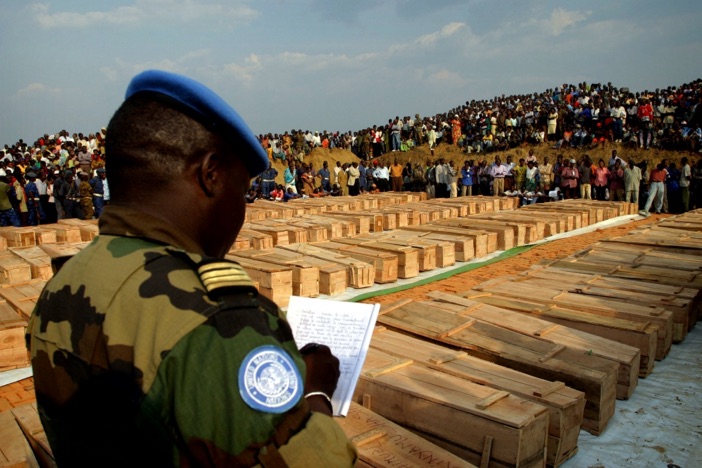
Background Briefing on U.N-R.2.P
(.pdf)
The Responsibility to Protect populations from genocide, war crimes,
crimes against humanity and ethnic cleansing has emerged as an
important global principle since the adoption of the United Nations
World Summit Outcome Document in 2005.
|
|
Responsibility to Protect
The Responsibility to
Protect - known as R.2.P - is an international norm that seeks to
ensure that the international community never again fails to halt
the mass atrocity crimes of genocide, war crimes, ethnic cleansing
and crimes against humanity. The concept emerged in response to the
failure of the international community to adequately respond to mass
atrocities committed in Rwanda and the former Yugoslavia during the
1990s. The International Committee on Intervention and State
Sovereignty developed the concept of R.2.P (Responsibility to
Protect) during 2001.
The Responsibility to Protect was unanimously adopted in 2005 at the
United Nations World Summit, the largest gathering of Heads of State
and Government in history. It is articulated in paragraphs 138 and
139 of the
World Summit Outcome Document:
|
|
World Summit Outcome Document
138. Each individual
State has the responsibility to protect its populations from
genocide, war crimes, ethnic cleansing and crimes against humanity.
This responsibility entails the prevention of such crimes, including
their incitement, through appropriate and necessary means. We accept
that responsibility and will act in accordance with it. The
international community should, as appropriate, encourage and help
States to exercise this responsibility and support the United
Nations in establishing an early warning capability.
139. The international community, through the United Nations, also
has the responsibility to use appropriate diplomatic, humanitarian
and other peaceful means, in accordance with Chapters VI and VIII of
the Charter, to help to protect populations from genocide, war
crimes, ethnic cleansing and crimes against humanity. In this
context, we are prepared to take collective action, in a timely and
decisive manner, through the Security Council, in accordance with
the Charter, including Chapter VII, on a case-by-case basis and in
cooperation with relevant regional organizations as appropriate,
should peaceful means be inadequate and national authorities are
manifestly failing to protect their populations from genocide, war
crimes, ethnic cleansing and crimes against humanity. We stress the
need for the General Assembly to continue consideration of the
responsibility to protect populations from genocide, war crimes,
ethnic cleansing and crimes against humanity and its implications,
bearing in mind the principles of the Charter and international law.
We also intend to commit ourselves, as necessary and appropriate, to
helping States build capacity to protect their populations from
genocide, war crimes, ethnic cleansing and crimes against humanity
and to assisting those which are under stress before crises and
conflicts break out.
R.2.P stipulates three
pillars of responsibility:
PILLAR ONE:
Every state has the
Responsibility to Protect its populations from four mass atrocity
crimes: genocide, war crimes, crimes against humanity and ethnic
cleansing.
PILLAR TWO:
The wider international community has the responsibility to
encourage and assist individual states in meeting that
responsibility.
PILLAR THREE:
If a state is
manifestly failing to protect its populations, the international
community must be prepared to take appropriate collective action, in
a timely and decisive manner and in accordance with the U.N.
Charter. |
|
|
:Nyan-ko-pong: Sovereign Native Maroons at
Scotts Hall, Saint Mary
speaker:
Paramount Chief "Rastalogy" Francis discussing United Nations Maroon
Right to Protect (U.N.-R.2.P) and it implementation in Maroon
Identification Cards.
|
|
|
|
Meaning of Words - Court Training
Introduction to Lawas it
relates to our Sovereign status.
|
|
|
|
|
|
How maroons support the
:covid-19: lockdown and vaccine |
|
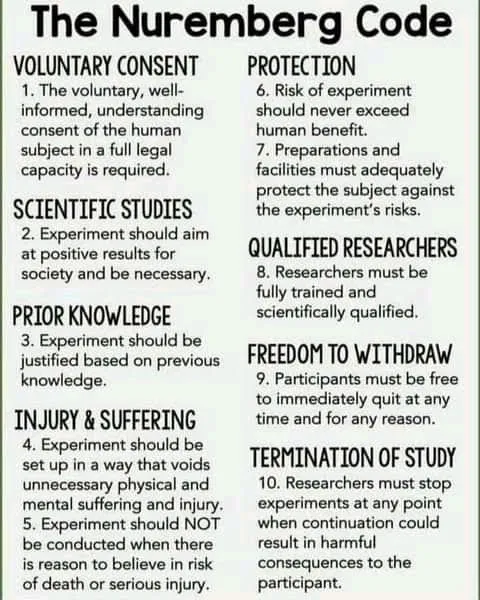 |
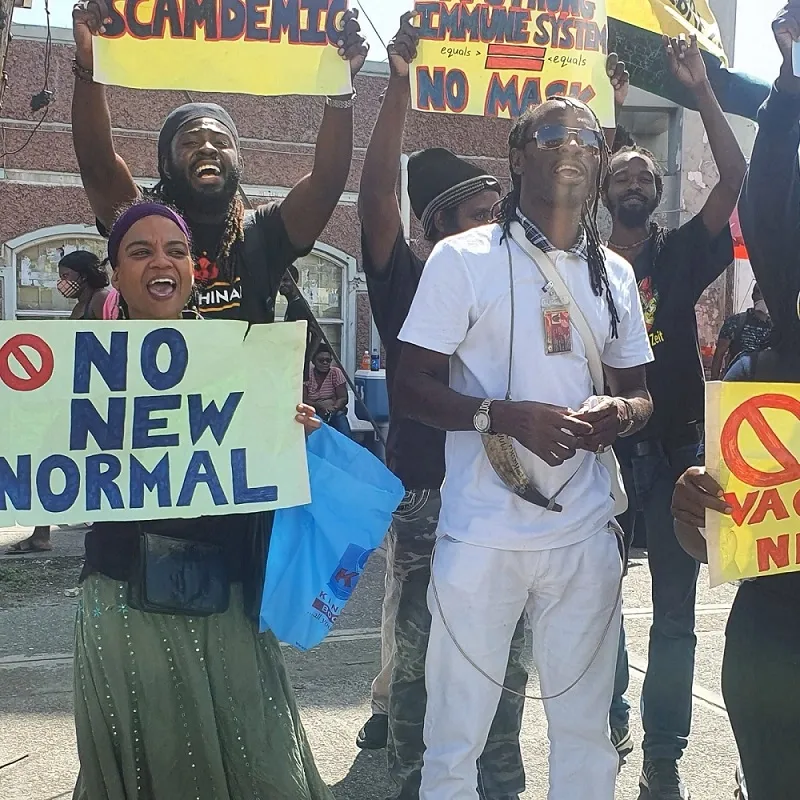 |
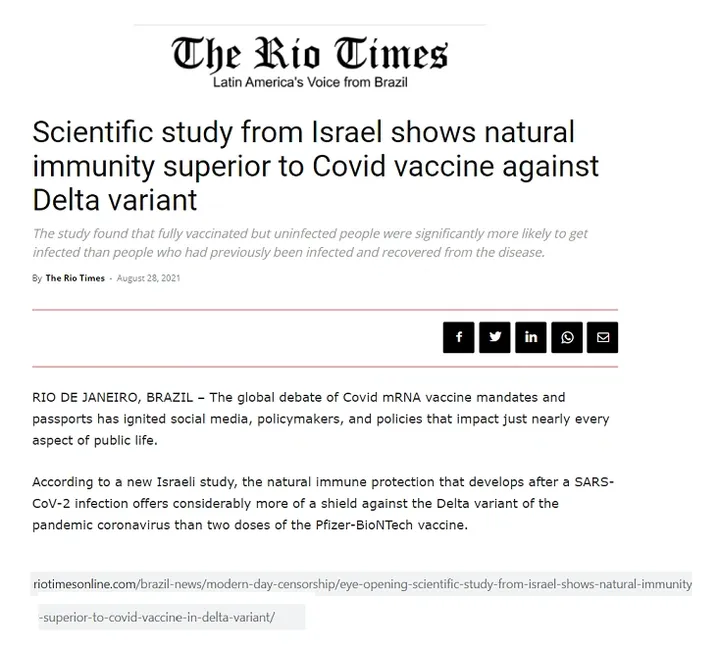 |
|
|
|
|
 |
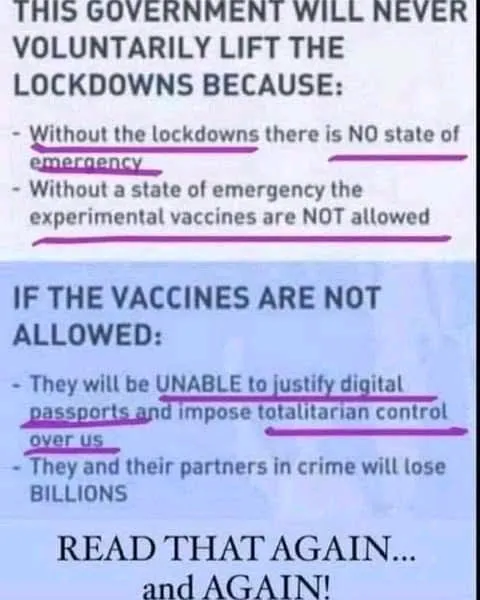 |
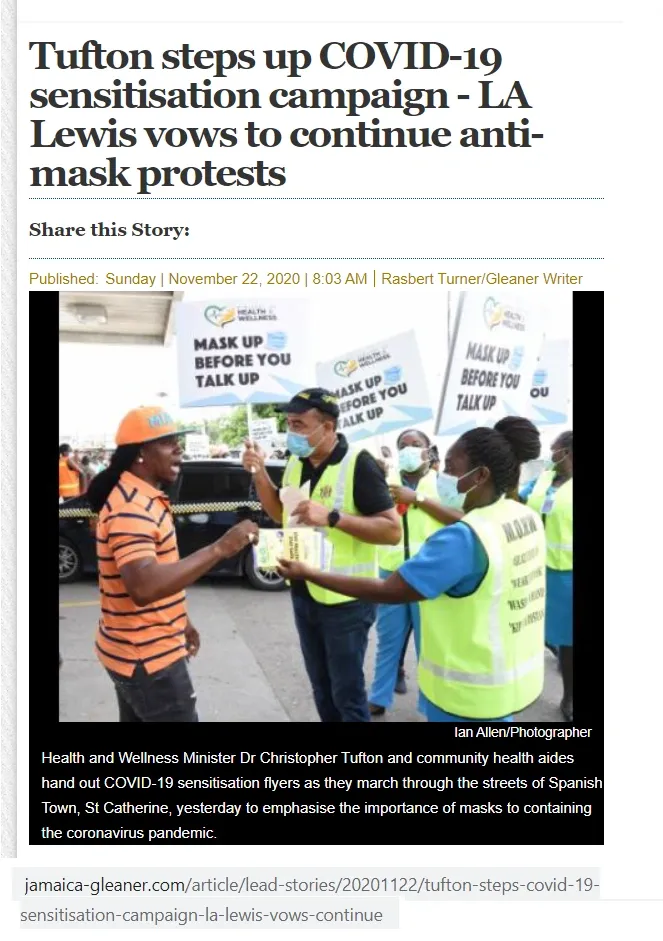 |
|
|
|
|
|
Paramount
Chief "Horus La Lewis" Atom Rah El
Bey
acknowledges and also congratulates Maroon
International Diplomat/ High Chief :George:
Clinton, Wilson. on all Tribal movements made in
Middlesex County, Xaymaca "Maroon Town " with
launching of (2) :Nyan-ko-pong: Sovereign Native
People Maroon Offices, a celebratory moment for
the Maroon Tribe says George.
|
|
|
|
|
Maroon Movements in
the United States of America
|
|
|
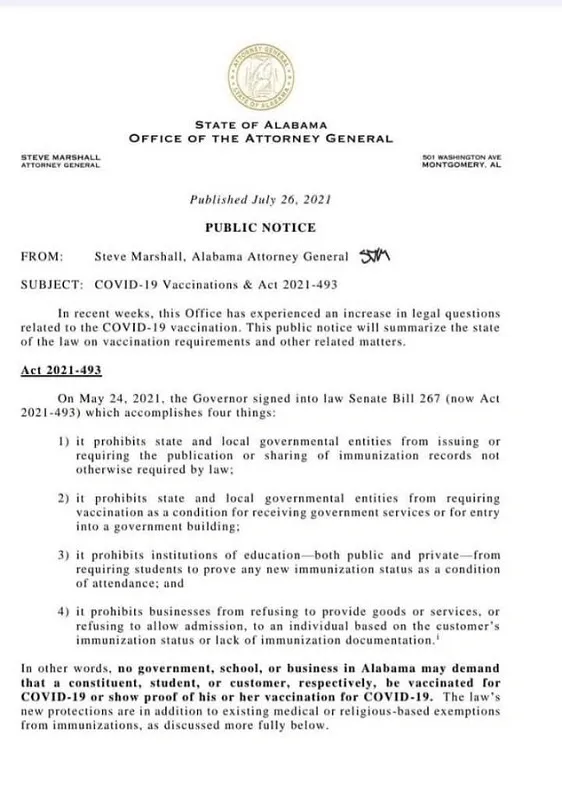 |
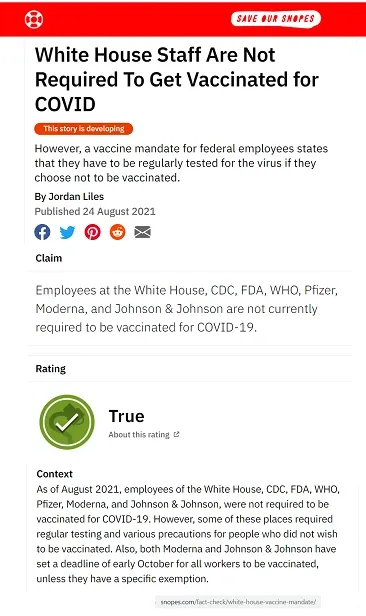 |
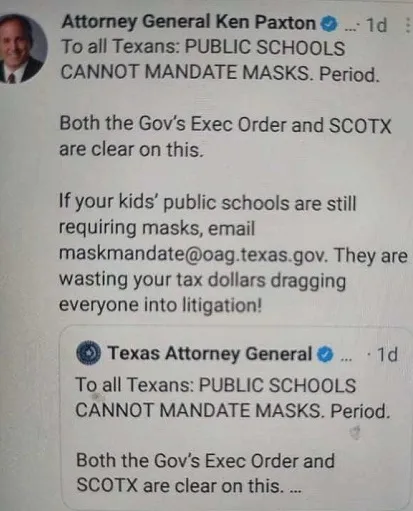 |
|
|
|
|
|
|
|
|
|
Other Documents |
|
2012-01-04 Patient Bill of Rights Jamaica (.pdf) |
|
|
|
|
|
|
|
|
|
|

:Nyan-ko-pong: Sovereign Native Maroon
People Global Research &
Community Development Association
+1(876)669-3330
Xaymaca, Office
96 :Constant Spring Road: Central:
Kingston: 10
:Xaymaca:
Greater Antilles, The Americas, Alantis.
E-Mail:
information@maroongovernment.world
Social Media
ON
TWITTER |
ON FACEBOOK
|
ON INSTAGRAM
|
 Page Visitors
Page Visitors
| |